
新入荷
再入荷
【中英辞典の記念碑的達成】Herbert A. Giles, Second Edition, Reprinted by Ch'eng Wen Publishing Company, Taipei, 1972, Folio,1711p.
 タイムセール
タイムセール
終了まで
00
00
00
999円以上お買上げで送料無料(※)
999円以上お買上げで代引き手数料無料
999円以上お買上げで代引き手数料無料
通販と店舗では販売価格や税表示が異なる場合がございます。また店頭ではすでに品切れの場合もございます。予めご了承ください。
商品詳細情報
| 管理番号 |
新品 :85166161390
中古 :85166161390-1 |
メーカー | 862dcc6 | 発売日 | 2025-07-02 21:31 | 定価 | 23000円 | ||
|---|---|---|---|---|---|---|---|---|---|
| カテゴリ | |||||||||
【中英辞典の記念碑的達成】Herbert A. Giles, Second Edition, Reprinted by Ch'eng Wen Publishing Company, Taipei, 1972, Folio,1711p.








【中英辞典 最高峰】ハードカバー。状態: 非常に良好。Ch'eng Wen Ltd..、台北、1972年。第2版、改訂・増補、第2刷。赤い布装丁、表紙と背表紙に金箔文字、装丁は無傷だがサイズの関係で少しぐらつき、背表紙にストレスによる折り目、背表紙の端に少し折れ曲がり、背表紙上部にへこみ、表紙上部の角に少しへこみ、ページに経年による変色、表紙の端に少し擦れ、本文ブロック。全体的にきれいな本。大型の8vo[八つ折り、約6 x 9インチ]。1711ページ。
「19 世紀は、ハーバート A. ジャイルズの『中英辞典』の出版により、中国語の二言語辞書学の好調な時期に幕を閉じました。ジャイルズ (1845-1935) は、1867 年に英国領事館の通訳として中国でキャリアを開始し、1891 年に領事として寧波に戻り、1897 年にケンブリッジ大学の中国語教授に任命されました。おそらく当時最も尊敬されていた中国学者であったジャイルズは、中国に関する 20 冊以上の本を執筆しました。彼の最大の功績は、1892 年に初版が出版され、1912 年に改訂された中英辞典です。この辞典は今日でも、特に中国帝国と中国文学の研究者にとって有用であり、ロバート H. マシューズの中英辞典 (1931、1943) の基礎となりました。この辞典は、1970 年代まで使用されていた中英辞典の中でおそらく最も普及していた辞典です (Chien & Creamer、「中国語バイリンガル辞書の簡潔な歴史」、言語科学史研究第 40 巻、アムステルダム、1986 年)。
今回の拡大版には、元の 13,848 の漢字の見出し項目が、北京語の発音でアルファベット順に並べられ、ウェイド ジャイルズ システムでローマ字表記され、さらに 67 の項目と多数の使用例が追加されています。これは、これまでに出版された中英辞典の中で最も完全な例です。ハーバート・ジャイルズは 18 年かけて 1892 年版『中英辞典』を編纂、出版しました。この辞書には 10,859 の文字の見出し語と 2,989 の異体字、合計 13,848 の項目が含まれています。ジャイルズは、内部の相互参照を容易にし、ユーザーが文字を見つけやすくするために、すべての見出し語に番号を付けることにしました。これは、モリソン、メドハースト、ウィリアムズの以前の辞書にはなかった改善です。ジャイルズはその後 20 年かけて 1912 年版を改訂し、「膨大な数の複合語とフレーズ」を追加しました。この第 2 版には 10,926 の見出し語 (67 追加) と 2,922 の異体字、合計 13,848 の項目が含まれています。(Raptis Rare Books の説明から引用)
"The nineteenth century ended on a high note in Chinese bilingual lexicography with the publication of Herbert A. Giles' A Chinese-English Dictionary. Giles (1845-1935) began his career in China in 1867 as an interpreter for the British Consular Service, returned to Ningbo as Consul in 1891 and in 1897 was named Professor of Chinese at Cambridge University. "Perhaps the most respected sinologist of his time, Giles wrote more than two dozen books on China. His crowning achievement was his Chinese-English Dictionary, first published in 1892 and revised in 1912. The dictionary is still useful today, especially to students of Imperial China and of Chinese literature, and formed the basis of Robert H. Mathews' Chinese-English Dictionary (1931, 1943), perhaps the most popular Chinese-English dictionary in use until the 1970s" (Chien & Creamer, "A Brief History of Chinese Bilingual Lexicography," in vol. 40 of Studies in the History of the Language Sciences, Amsterdam, 1986).
The present enlarged edition contains the original 13,848 Chinese character head entries alphabetically collated by Beijing Mandarin pronunciation romanized in the Wade"Giles system with the addition of 67 entries and numerous usage examples. A nice example of the most complete Chinese-English dictionary ever published. Herbert Giles worked for 18 years to compile and publish the 1892 first edition A Chinese-English Dictionary, which contains 10,859 character head entries plus 2,989 variant characters for a total of 13,848 entries. He decided to number every head entry"an improvement lacking in the earlier dictionaries of Morrison, Medhurst, and Williams"in order to facilitate internal cross-referencing and make it easier for users to find characters. Giles subsequently worked for 20 years revising and adding "a vast number of compounds and phrases" to the 1912 second edition, which contains 10,926 head entries (67 more) plus 2,922 variants, also totaling 13,848. (Cited from the discription of the Raptis Rare Books)
経年並みのヤケ、コスレ、アタリなどありますが、中はとてもよい状態で、気持ちよく、この記念碑的な中英辞典を引いていただけます。







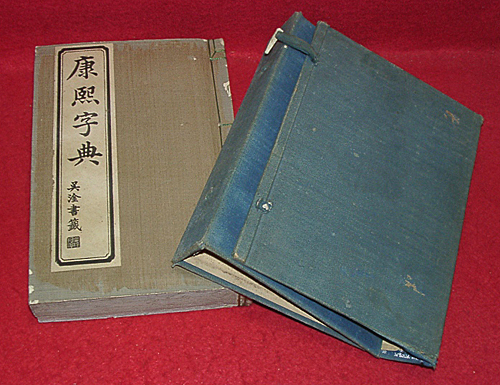
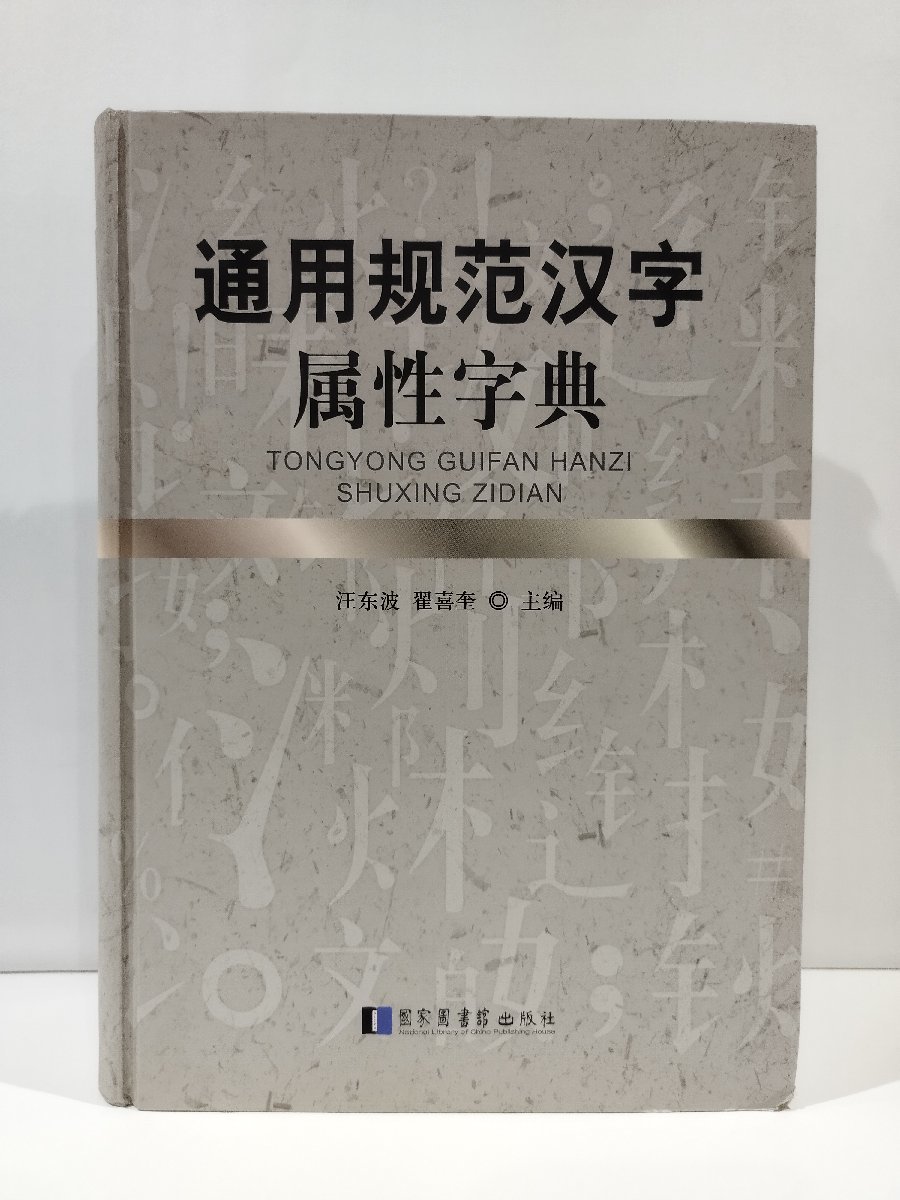
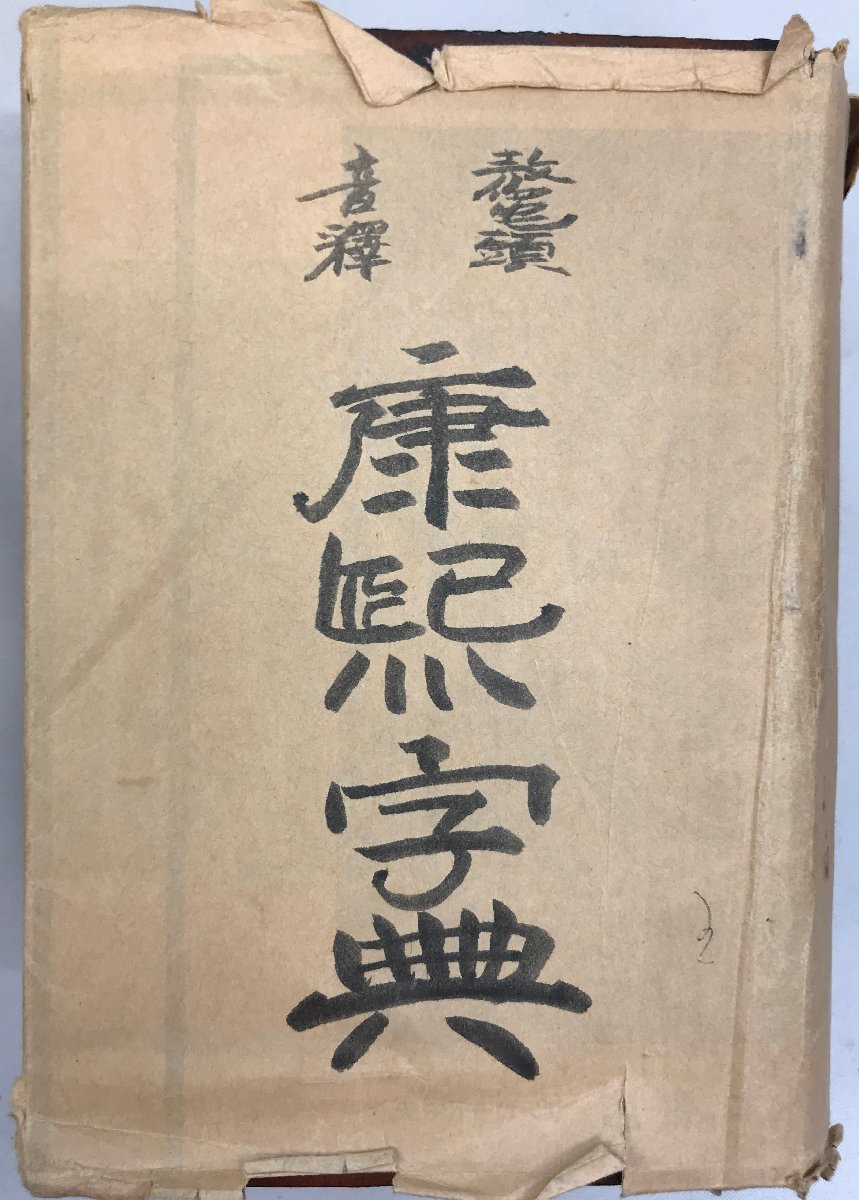
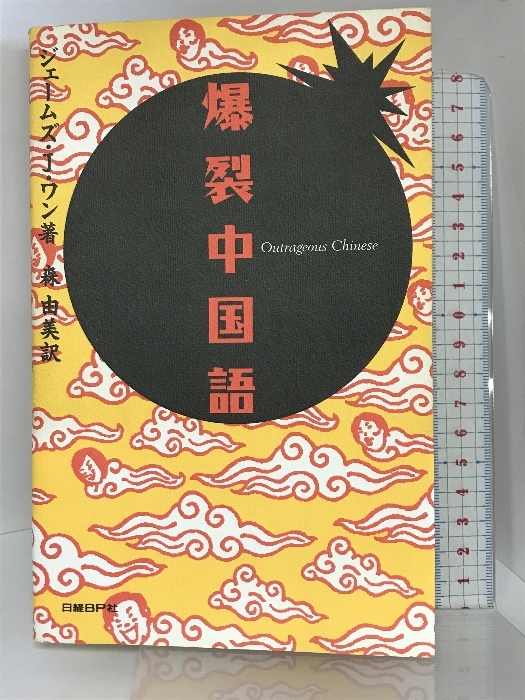
![KK143-012 [漢籍] 禮記集説 上海千項堂書局印行 ※4巻裏表紙見開きに少書き込みあり](https://auctions.c.yimg.jp/images.auctions.yahoo.co.jp/image/dr000/auc0101/users/c854fd27d17246028baa723c6054f66cb9f2e270/i-img1200x900-1736495112bcvriu7.jpg)


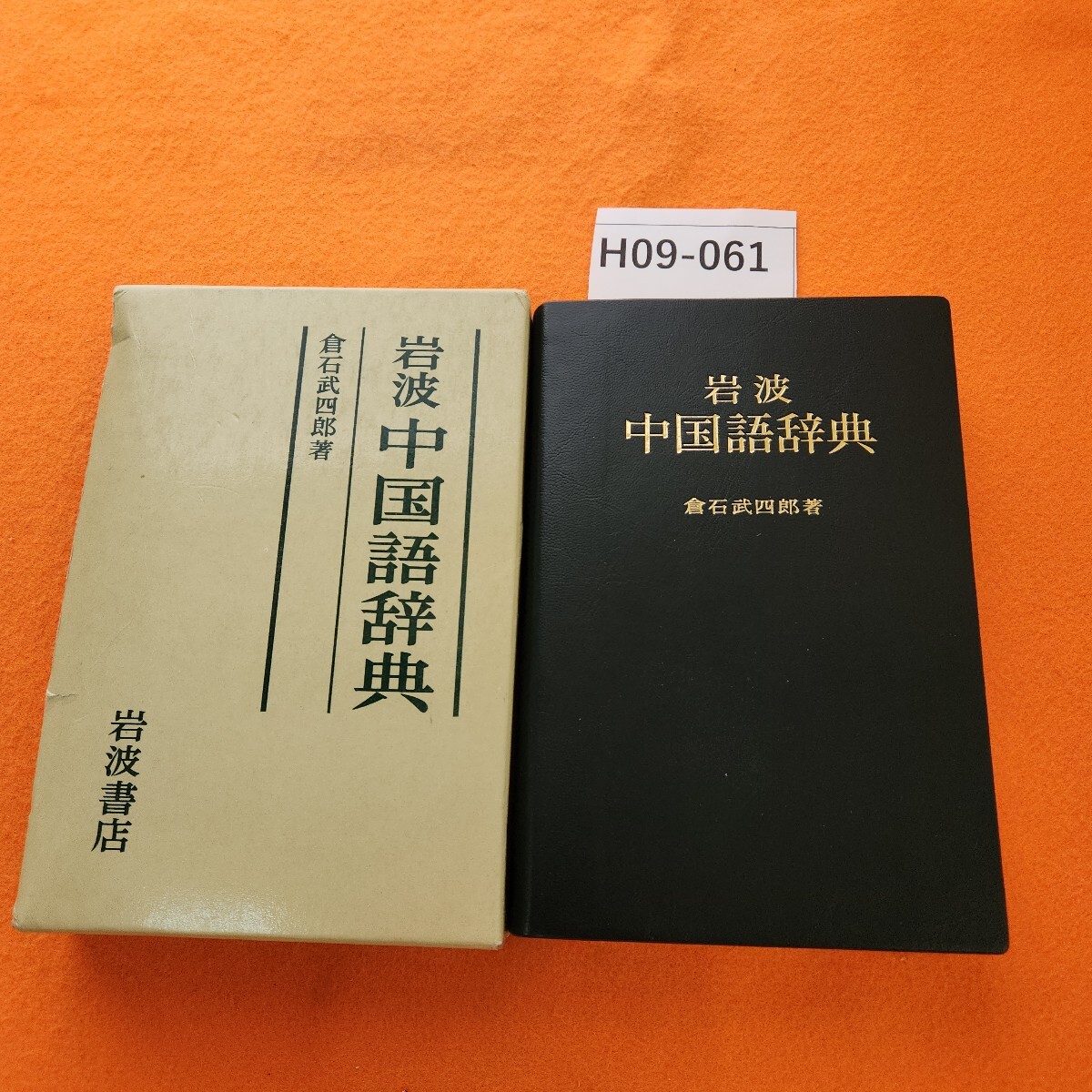
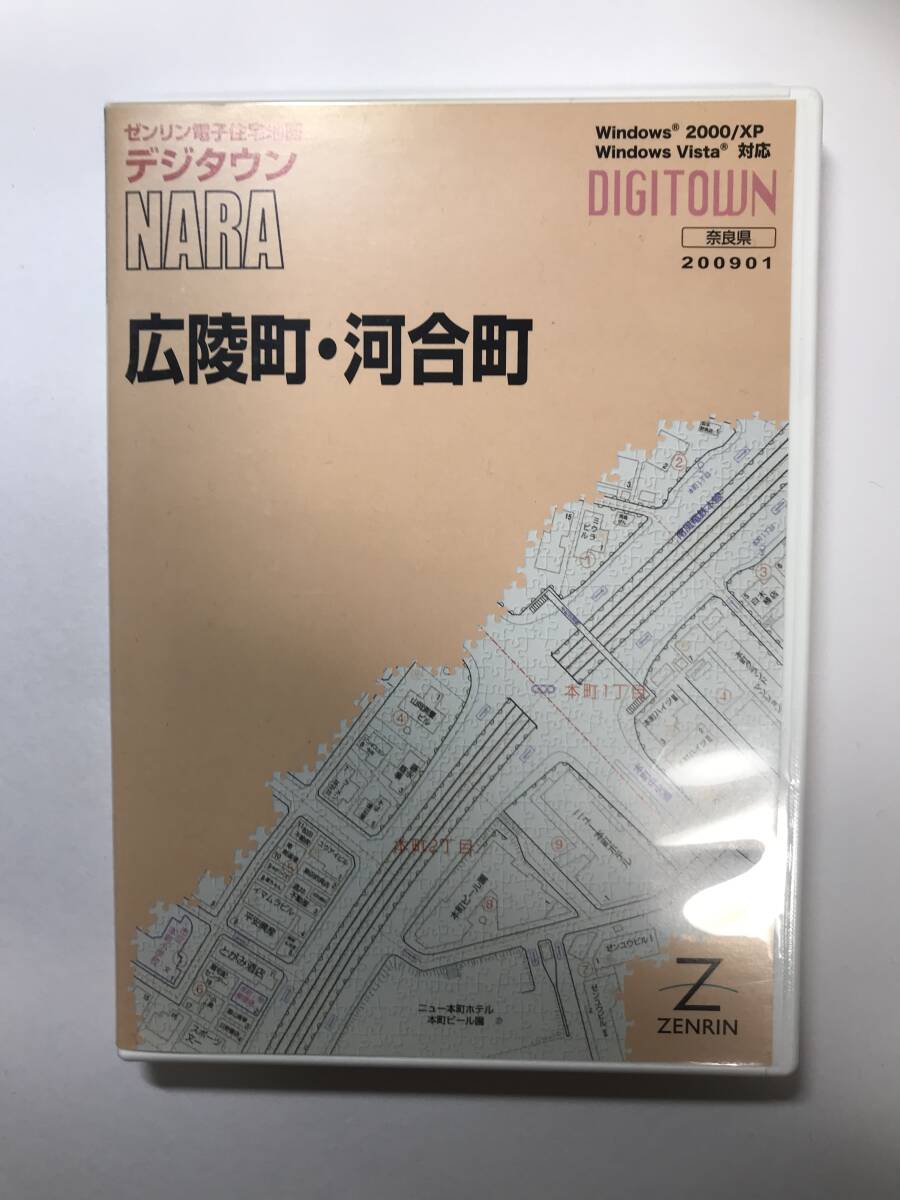

![山田化学 スタックチェスト B4 浅型4段・深型4段 ダークブルー B4-C8 1台[21]](https://tshop.r10s.jp/zaccaru-1/cabinet/dsproducts/088/0000969987-1.jpg)









